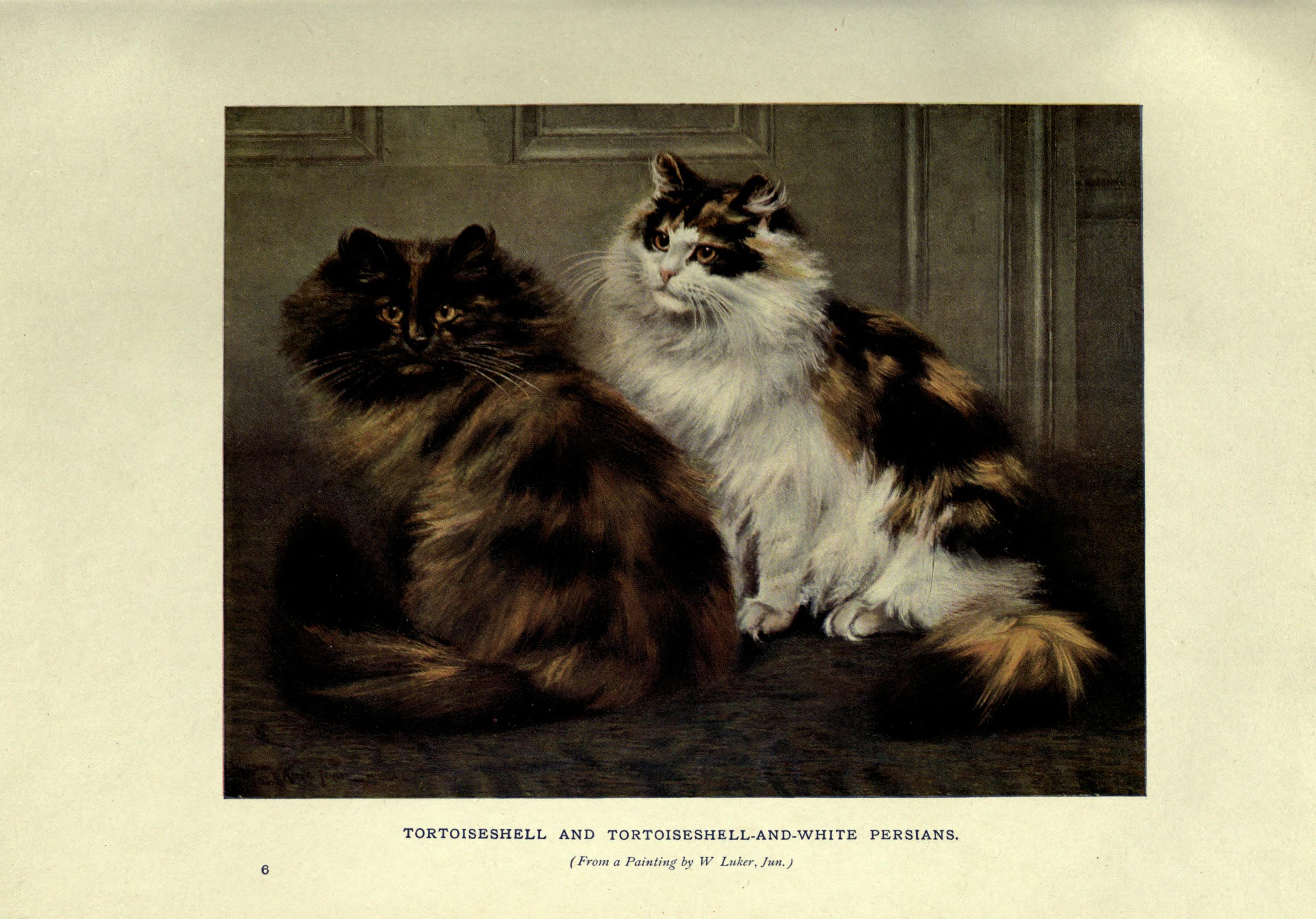Fascinating Facts and Hiss-tory of Persian Cats
If you're a fan of the elegant and sophisticated Persian cat, you may be interested in learning more about their rich history - and to see how much the breed has changed from its ancient roots!
These fluffy felines have a long and interesting past, dating back to ancient times in their native Persia (now known as Iran). Let’s take a closer look at the history of the Persian cat, from their ancient origins to their rise in popularity in modern times.
Ancient History
The exact origins of the Persian cat are shrouded in mystery, but it is believed that they have been present in Persia for centuries. Some historical records suggest that they were kept as pets by the ancient Egyptians, who revered cats as sacred animals.
Tickled by this detail of an equestrian cat being presented as a gift, from a Shahnama made in Iran, 1648 (Royal Coll., Windsor Library) pic.twitter.com/xq5lgwykCG
— Yael Rice (@Yael_Rice) September 11, 2017
It is also believed that the Persian cat played a role in the development of other cat breeds. In the 19th century, breeders in Europe began to experiment with crossbreeding Persians with other breeds, resulting in the creation of new breeds such as the Himalayan.
Introduction to Europe
The first Persian cats were introduced to Europe in the 17th century, where they quickly became popular among the upper class. They were prized for their luxurious coats and gentle dispositions, and many aristocrats even hired portrait artists to paint their beloved pets.
The first Persian cats arrived in the United States in the late 1800s and were recognized as a breed by the Cat Fanciers' Association (CFA) in 1871. In the early 20th century, the Persian cat became one of the most popular cat breeds in the United States and Europe.
Modern Times
Today, the Persian cat is still one of the most popular cat breeds in the world. They are known for their calm, gentle personalities and are often described as being "lap cats." Their long, luxurious coats come in a variety of colors and patterns, including solid, tabby, calico, and bi-color.
In recent years, there has been some controversy surrounding the appearance of the Persian cat. Some argue that the breed's extreme physical characteristics, such as their flat faces and round eyes, have been exaggerated through selective breeding and may be harmful to the cat's health. As a result, some breeders have begun to breed for a more natural appearance.
Compare this painting of a tortoiseshell and calico Persian c. 1903 to modern Persians to see how the breed has changed.

Simpson, Frances., Public domain, via Wikimedia Commons
Despite these controversies, the Persian cat remains a beloved and popular breed. They are known for their affectionate personalities and make great companions for those looking for a calm and gentle feline friend.
The Persian cat has a long and fascinating history dating back to ancient times in their native Persia. They were first introduced to Europe in the 17th century, where they quickly became popular among the upper class. Today, the Persian cat is still one of the most popular cat breeds in the world and is known for their calm, gentle personalities and luxurious coats. Whether you're a cat lover looking to add a Persian to your family or just curious about their history, there's no denying the allure of these elegant felines.
Personality and Care
Persian cats are known for their calm, gentle personalities and are often described as being "lap cats." They are generally easy-going and adapt well to new environments, making them a great choice for families with children.
While they may be laid-back, Persian cats do require a fair amount of care to maintain their luxurious coats. They will need to be groomed regularly, at least once a week, to prevent tangles and mats. Persian cats also need to be bathed more frequently, as their fur is often more prone to greasy build up than other cats.
It's also important to keep their eyes clean, as their flat faces can make them prone to eye discharge.
Persian cats can be quite costly to purchase from breeders, depending on certain factors of their breeding. If you are considering purchasing a cat from a breeder, be sure to do your research beforehand.
Here at Meowingtons we always encourage our fans to adopt cats in need from rescues or shelters; these cats are often fighting for their second chance at life.
Believe it or not, purebred cats do end up in shelters and rescues due to owner death, divorce, and many other factors. You can look for adoptable Persian cats by contacting breed rescue organizations or checking your local shelters or the listings on Petfinder or Adopt-a-Pet.com for Persian cats available for adoption.

















I prefer the way Persians originally looked, although the ones today have their own charm. There’s something adorable about a cat who just wants to snuggle and is a lap cat, which is what my cat’s like. He’s a domestic shorthair.
The Himalayan descended from Persian/Siamese crosses. It was bred to produce a cat with the overall look of the Persian and the Siamese cat’s points and blue eyes.
Siamese cats, however, are not descended from Persians. They come from Thailand which was then called Siam. If I remember correctly, people began importing them to Europe and the United States in the latter half of the 19th century.
The Exotic Shorthair, which is also called the Exotic, is a descendant of the Persian. It was bred to have the physical traits of the Persian coupled with short hair. People could thus enjoy a cat with the look and temperament of the Persian without having to groom their cat every day. Consequently, the Exotic is sometimes called “the lazy man’s Persian.”
Unfortunately, Persians, Exotics, and Himalayans are often bred to have brachycephalic heads with flat faces. They are thus prone to the health problems that go with that ugly flat face.
Leave a comment